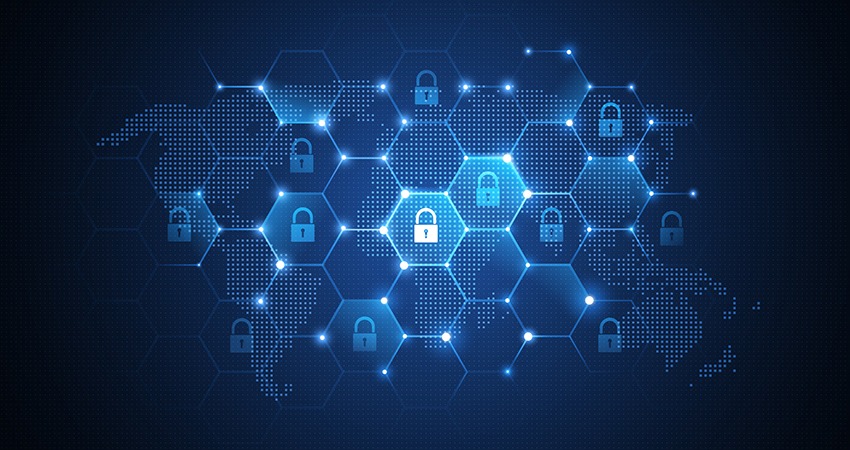Domain: Healthcare
Problem identification: Remote Patient Monitoring
Continuously streamed data presents additional security, storage and retrieval challenges and further inhibits initiatives to integrate data in order to form electronic health record systems with streamed data challenges, existing Blockchain algorithms that take too long to place data in a block, and have no mechanism to determine whether every data point in every stream should be stored in such a secure way. This article presents an architecture that involves a Patient Agent, coordinating the insertion of continuous data streams into Blockchains to form an electronic health record
Why Blockchain:
Blockchain technologies enable data to be stored securely and inexpensively, without recourse, to a trusted authority. Blockchain technologies also promise to provide architectures for electronic health records that do not require huge government expenditure that challenge developing nations.
Functional Description
An architecture that involves a Patient Agent, coordinating the insertion of continuous data streams into Blockchains to form an electronic health record.
Technology used
- Blockchain: Ethereum
- Software
- Main characteristics of the chosen blockchain
- A client-server prototype illustrating prospective DApp operation principles for self-sovereign medical data. Private/Public key cryptography and encryption-decapsulation technologies offer a promising solution to the problems of medical record-keeping systems which are currently centralized and insecure. It’s possible to push ownership of health records from centralized service providers to individuals.
- Consensus mechanism:
- Smart Contracts
- Available Programming Languages: Django
- Chosen Programming Language: API REST Django
Current status
- What is the current status of the project? MVP project is finish
- What is the type of the project: Pilot
- Is there any code available online: https://github.com/OnGridSystems/PatientControlledElectronicHealthRecords
Focus point commentary indicating the value of the case study in relation with learning modules
Learning Modules Focus Points
